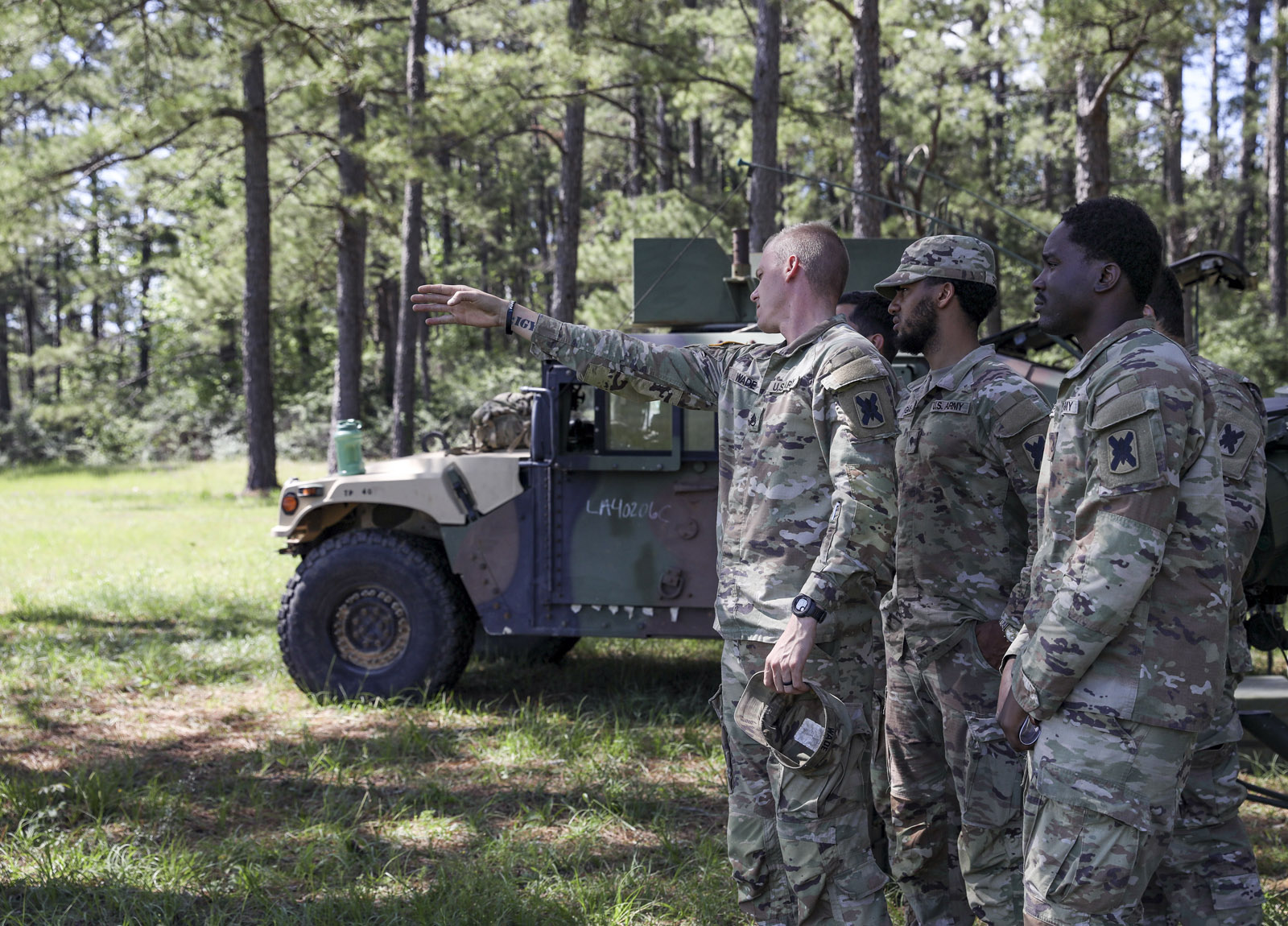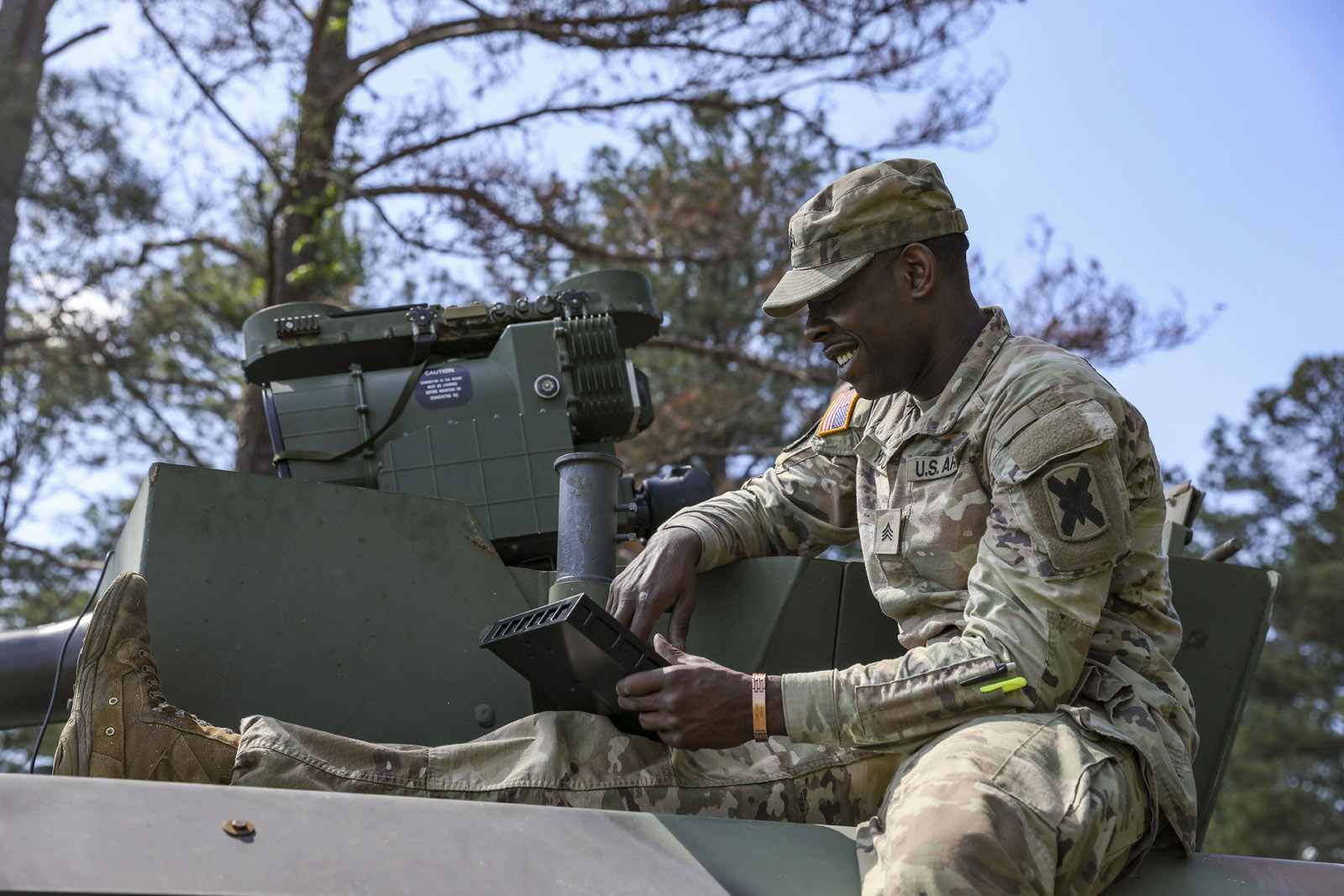La. Guard’s ‘Tiger Brigade’ conducts ITAS familiarization
By Staff Sgt. Noshoba Davis, Louisiana National Guard Public Affairs Office
PINEVILLE, La. – Earlier this month, approximately 37 Soldiers from the 256th Infantry Brigade Combat Team ‘Tiger Brigade’ participated in a ‘train the trainer’ and crew-training event on the Improved Target Acquisition System, which is used to fire a tube-launched, optically-tracked, wireless-guided (TOW) missile, at Esler Field Airport near Louisiana National Guard Training Center Pineville.
The training lasted 14 days. Of the 14 days, nine days were for the Soldiers attending the ‘train the trainer’ portion and five days for crew training.
“As a leader, this training was very beneficial for me. Having not ever really had my hands on it, I had to learn the system, the capabilities, and general knowledge so that I was able to articulate it and train my Soldiers on everything I had learned in the first four days,” said Staff Sgt. Shannon Wade, a section sergeant with D Company, 2nd Battalion, 156th Infantry Regiment, 256th IBCT.

Randall Jacobsen, a TOW ITAS training and logistics support specialist, and his team from the Tactical Aviation and Ground Munitions Project Office, Redstone Arsenal, Alabama, led the training. Jacobsen and his team instructed the Tiger Brigade Soldiers on the capabilities of the ITAS system, how to deploy it and how to be proficient on it.
“I’ve touched the equipment before, but only to put it together,” said Spc. Warren Thompson, an infantry Soldier with D Co., 2-156 INF, 256 IBCT. “This training taught me what the ITAS is, what it can do and how to operate the equipment properly. The training was amazing, and I loved how the trainers answered our questions and helped us with anything we did not understand about the equipment.”
In addition to the capabilities, the Soldiers were taught assembly and disassembly of the system, engagements, fire commands and basic maintenance of the system.
Wade explained training like this allows Soldiers to truly learn the systems, while gaining hands-on experience in a non-stressful environment.
“It’s important to have these training events so the units have someone who knows the capabilities, how the system is supposed to be used and can advise when it would be beneficial to use the equipment,” said Wade.

